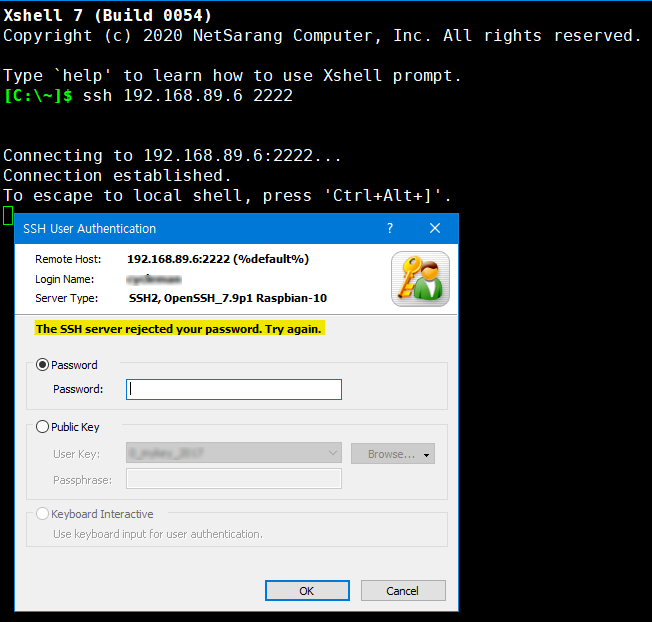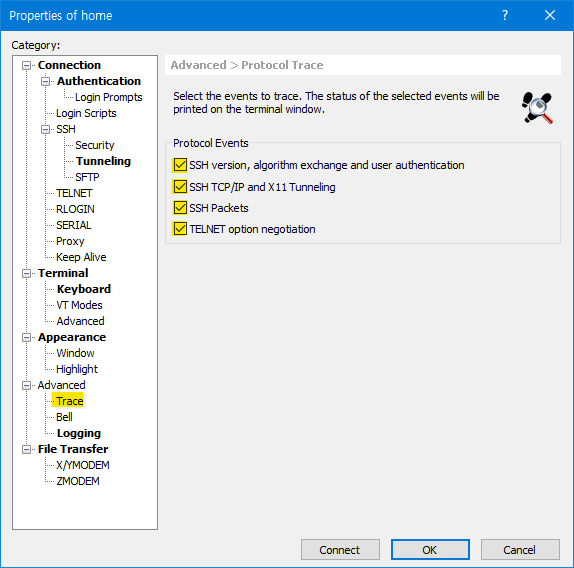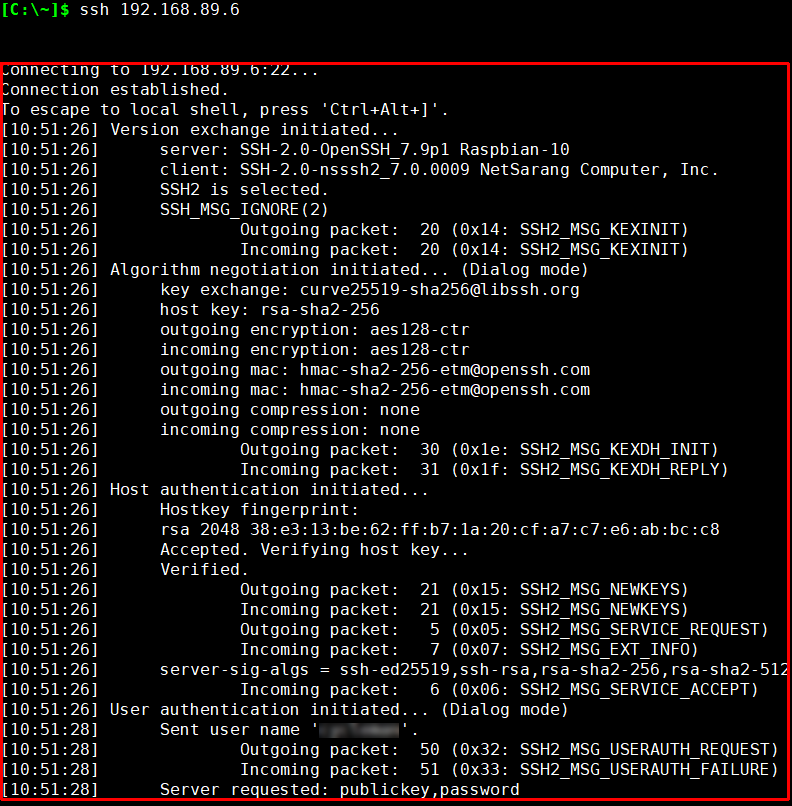...
- Using a graphic application program of the remote device: Xmanager required
- Using text-based application program of the remote device. that is, that is terminal access: Xshell required
- Sending/receiving files with the remote devicesdevice: Xftp required
If you are not a system administrator, you should contact your system administrator to understand the following:
- The hostname or IP address of the device to be accessed
You need to know the hostname or IP address of the device you want to connect to use. Xshell supports both both IPv4 and IPv6 and IPv4. Check with your system administrator to see if you can connect by hostname, or if . If you can only use an IP address, you need to know the IPv4 address or IPv6 address. - Check connection protocol
- Using Xmanager
- Check whether XDMCP is set: It This is necessary for to access the graphic desktop user environment of the remote device.
- Check protocols such as SSH, Telnet, Rlogin, Rexec, etc.: Required when using Xstart session, but not all of them. At least one of these is enough. It is required when using Xstart sessions or when running the an X application program of the remote device.
- Using Xshell: SSH, Telnet, Rlogin
- Using Xftp: SFTP, FTP
- Using Xmanager
- Check the connection port according to the protocol
Depending on your security policy or internal use environment, a port other than the default port may be used. You should check this with your manager.
The default ports of the most commonly used protocols are as follows.:- XDMCP: UDP 177
- SSH: TCP 22
- Telnet: TCP 23
- SFTP: 22
- FTP: 21
- User authentication information
You must check verify the ID and authentication method methods allowed for the user of users of the server. - Check authentication method
In the past, access was allowed only with a user password, but in recent years, other authentications such as interactive passwords, software or hardware key authentication, etc. are commonly used instead of user passwords, or passwords are used in parallel with thempasswords.
You should check with your system administrator.
Once you have confirmed the information on of the above 5 points, you can try to access the server with the program that is suitable for your purpose.
Solutions by failure type
These The following are the common cases of connection failure that can occur in Xshell.
- Unable to resolve host '...': Connection failed
It is the case that In this case, the server hostname could not be resolved to the IP address. It is the case that it is either not registered in DNS or the company name service system, or the user entered the wrong name.
...
- Could not connect to '192.168.1.2' (port 22): Connection failed.
This is the case of may occur when attempting to connect to 192.168.1.2 in the (example) using the SSH protocol.
The reasons for the above message can be one or more of the following.- Connection to the IP address is not possible due to a firewall or network environment
- The SSH protocol is not available
- The SSH protocol is set, but the port is set to a port other than the default port
...
- The SSH server rejected your password. Try again.
With the help of the administrator, the connection was successful by checking verifying the SSH server's IP address and connection port. However, there is a problem with the entered username and password, and the final connection has failed.
The reason reasons for the above message is as followscan be one or more of the following.- If the The user does not exist or the name is incorrect
- If you enter your password The password was entered incorrectly
- If the The SSH server does not accept the password authentication. In this case, you will need to contact the server administrator to know confirm which authentication methods can be are allowed and to obtain an authentication file or hardware token associated with the appropriate authentication method.
If you cannot connect due to an unknown reason
In this case, request for make a technical support through request to NetSarang Computer's technical support team.
Fast support is possible by including For the quickest turnaround, include the following information upon when making your request:
- OS type and version of the device being connected to be connected
- Connection protocol
- Screenshots of the issue
- Access log after turning on the trace features of the protocol
Other helpful screenshots




